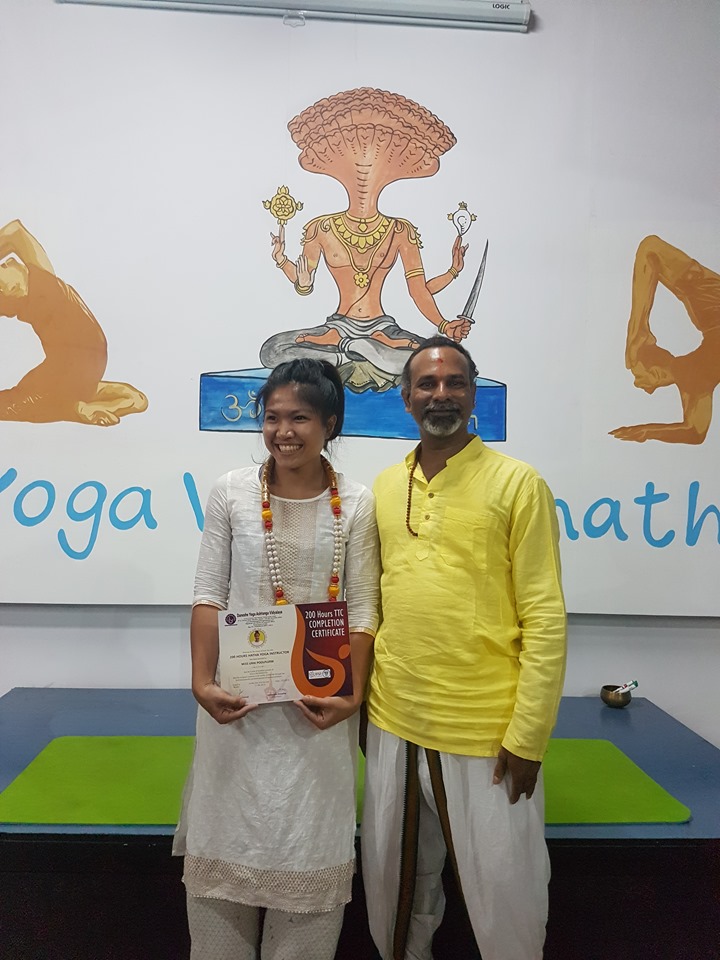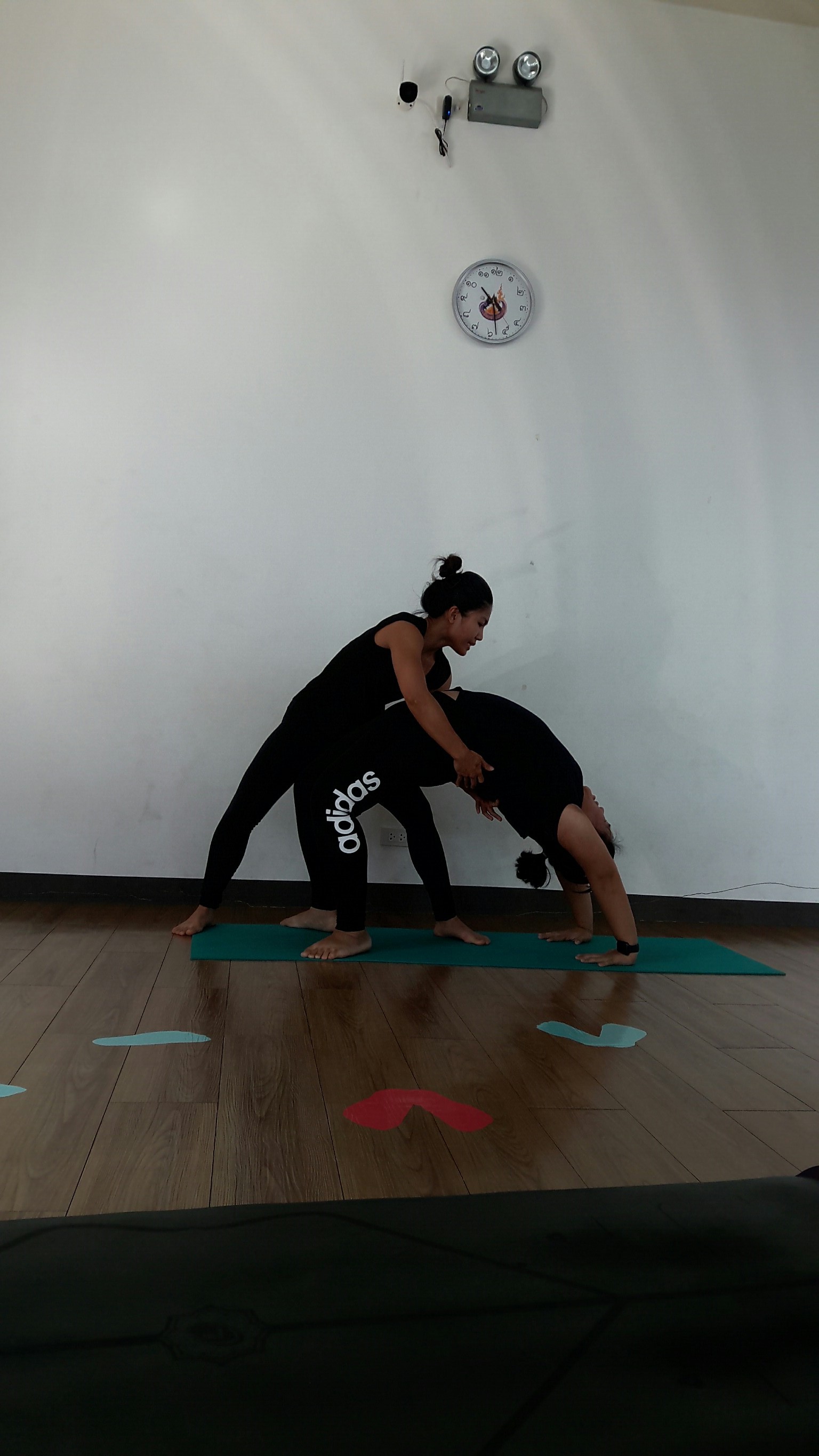
About Us
We provide Yoga classes for beginners and intermediate yogis. We do specialize on Hatha Yoga. If you are interesting on Yoga practicing, creating a peaceful mind and meditation practicing, we are one of the best of the worlds. The Sala or Shala for your practicing situates in a Local village in Saraphi District, Chiangmai, Thailand. The place of practicing can be organised as you wish, in Chiangmai or else. In general, a period of each practicing is about 1.5 hours for beginner. The longer class can be agreed, up to your request.



With the first instructor, Mr. Anup Gupta, on the road of Yoga instructor.

Further yoga instructor training in India, with Yogacharya Srinatha
You can practice Yoga everywhere

Enjoy beautiful beach with a favorite pose.

We may have to adjust/ to help your pose, to be more steady and safe.
Get in Touch
Eyesa Yoga Sala
162 Moo 3, Nongphueng sub-district, Saraphi district, Chiangmai, Thailand 50140.
Mobile phone: +66 915144287
Facebook: Eyesa yoga sala Chiangmai
ID Line: eyesayoga
Instagram: eyesa_yoga_sala_Chiangmai






Definition of Pranayama*
Prana is life force and cosmic energy and ayama is regulation and restriction. Pranayama is the art of breathing; it leads to control of the mind, resulting in emotional stability, concentration and meditative stage.
Pranayama bridges the mind, body and soul and serves as a vehicle to a journey of self-realization: a state of joy and happiness. The grossest manifestation of prana in the human body is the motion of the lungs. This motion acts like a flywheel that sets other forces of the body in motion.
The practice of pranayama is to control the motion of the lungs, by which the prana is controlled. When the subtle prana is controlled, all gross manifestation of prana in the physical body will slowly come under control. When we concentrate and consciously regulate breathing, we are able to generate and store a greater amount of prana and energy. A person who has abundant pranic energy radiates vitality and strength. This can be felt by all who come into contact with him or her.
In Patanjali’s 195 Sanskrit sutra, he described Ashtanga as eight limbs yoga. The eight limbs are the yama, pranayama, asana, pranayama, pratyahara, dharana, dhyana and Samadhi. In the system of Ashtanga yoga, pranayama, the fourth limb, is practiced to make breath long, deep, subtle and meditative. Like other limbs it prepares practitioners to the state of smadhi.
Mechanically, pranayama consists of inhalation (puraka), exhalation (rechaka) and retention (kumbhaka). The subtle control of the three parts requires practice and dedication. It leads to longevity of life due to slower breath, according to BKS Iyengar.
*Shashirekha C.K., Dr., YOGA BODY ANATOMY Insight to Muscular Movement, The Fundamental of Yoga Practice: Pranayama (conscious breathing), Notion Press, 2017, ISBN 978-1-948146-49-4, page 101

A householder, meaning someone who has a family and a job or a business to attend to, can never spend so much time on practice. Thus, to work for householders, yoga practice would have to be compressed into 2 hours and still retain its benefits. With this in mind, Rishi Vamana created vinyasa yoga. He arranged the practice in sequences, such that the postures were potentizing their effects, and combined them with mudra, pranayama and meditation so that a 10-hour practice could be effectively compressed into 2 hours.
One of vinyasa yoga’s outstanding feature is that postures are not held for a long time. The core idea is to shift emphasis from posture to breath and therefore to realize that postures, like all forms are impermanent. So, it is necessary to organize the practice in such a way that nothing impermanent is held on to. Vinyasa yoga is a meditation on impermanence. The only thing permanent in practice is the constant focus on the breath.
*Shashirekha C.K., Dr., YOGA BODY ANATOMY Insight to Muscular Movement, The Fundamental of Yoga Practice: Breath, Bandha, Drishti and Vinyasa, Notion Press, 2017, ISBN 978-1-948146-49-4, page 89-90.
Send Us a Message
Copyright Peaceful & Safe Yoga Practice – All rights reserved